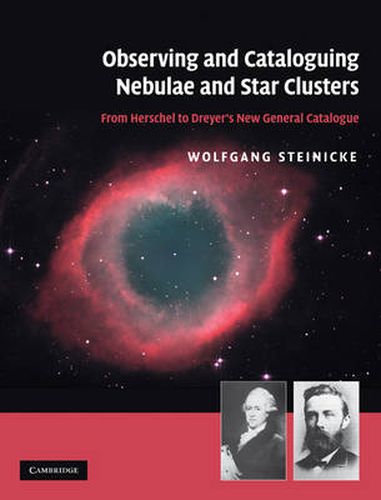Readings Newsletter
Become a Readings Member to make your shopping experience even easier.
Sign in or sign up for free!
You’re not far away from qualifying for FREE standard shipping within Australia
You’ve qualified for FREE standard shipping within Australia
The cart is loading…






The New General Catalogue (NCG), originally created in 1888, is the source for referencing bright nebulae and star clusters, both in professional and amateur astronomy. With 7840 entries, it is the most-used historical catalogue of observational astronomy, and NGC numbers are commonly used today. However, the fascinating history of the discovery, observation, description and cataloguing of nebulae and star clusters in the nineteenth century has largely gone untold, until now. This well-researched book is the first comprehensive historical study of the NGC, and is an important resource to all those with an interest in the history of modern astronomy and visual deep-sky observing. It covers the people, observatories, instruments and methods involved in nineteenth-century visual deep-sky observing, as well as prominent deep-sky objects. The book also compares the NGC to modern object data, demonstrating how important the NGC is in observational astronomy today.
$9.00 standard shipping within Australia
FREE standard shipping within Australia for orders over $100.00
Express & International shipping calculated at checkout
The New General Catalogue (NCG), originally created in 1888, is the source for referencing bright nebulae and star clusters, both in professional and amateur astronomy. With 7840 entries, it is the most-used historical catalogue of observational astronomy, and NGC numbers are commonly used today. However, the fascinating history of the discovery, observation, description and cataloguing of nebulae and star clusters in the nineteenth century has largely gone untold, until now. This well-researched book is the first comprehensive historical study of the NGC, and is an important resource to all those with an interest in the history of modern astronomy and visual deep-sky observing. It covers the people, observatories, instruments and methods involved in nineteenth-century visual deep-sky observing, as well as prominent deep-sky objects. The book also compares the NGC to modern object data, demonstrating how important the NGC is in observational astronomy today.